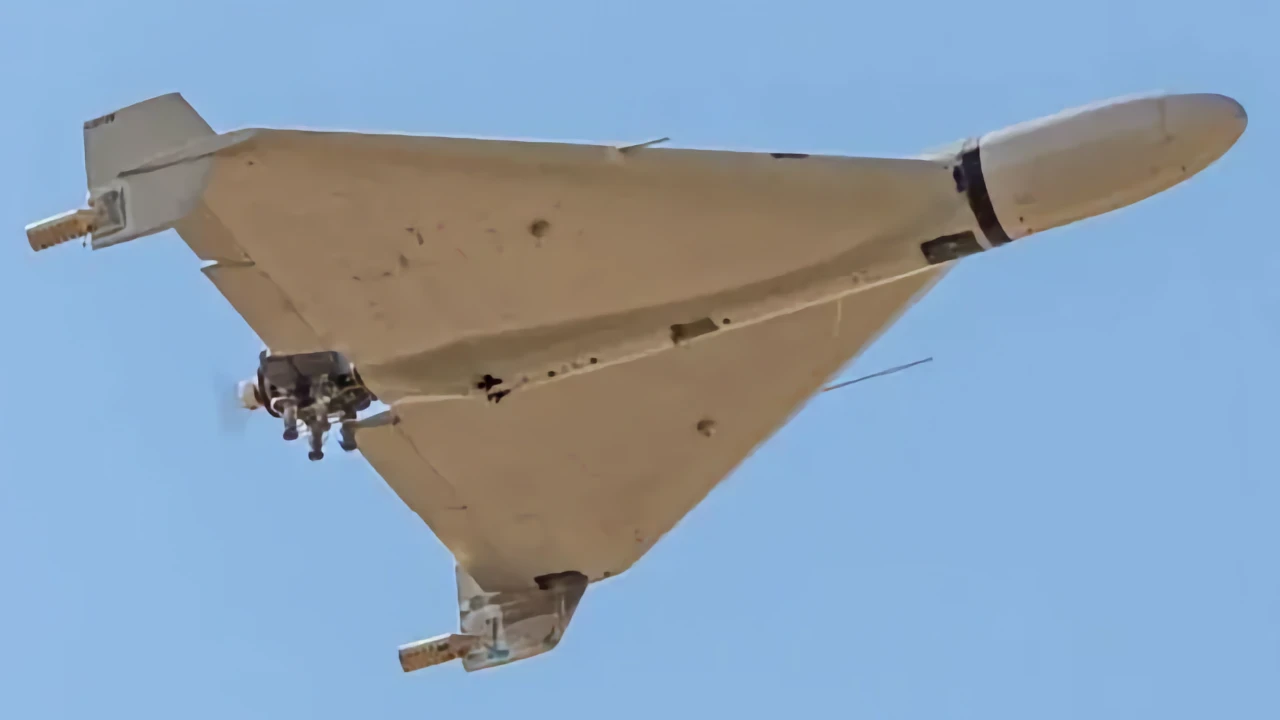In a striking statement recently, Maj. Gen. Vladyslav Klochkov of the Ukrainian Armed Forces claimed that Russia has developed an unmanned aerial vehicle (UAV) that could revolutionize warfare technologies. According to Klochkov, this new-generation drone, called MS001, is powered by the Nvidia Jetson Orin platform and is described as “an autonomous combat platform that sees, analyzes, makes decisions and attacks without the need for external commands.” This development has raised concerns about the use of artificial intelligence in warfare technologies, while the effectiveness of Western technology sanctions has also become a topic of discussion.
Russia Gets Its Power from Nvidia Jetson Orin
Unlike traditional unmanned aerial vehicles, the MS001 is not a “dumb” drone that simply follows predetermined coordinates. Klochkov states that this drone can independently identify targets, select the highest-value target and dynamically adjust its trajectory even in situations such as GPS signal jamming or target maneuvering. “This is not a slingshot, this is a digital hunter,” Klochkov said, emphasizing the capabilities of the MS001.
The most striking feature of the drone is that it is powered by Nvidia’s Jetson Orin platform, which enables advanced technologies such as machine learning, video processing, and object recognition. In addition, the MS001 can operate at night and in low visibility conditions thanks to thermal cameras, navigates with the Nasir GPS system with spoofing-resistant CRPA antennas, and provides adaptive logic with FPGA chips. The radio modem provides telemetry and communication between the drones moving in a swarm.
According to Klochkov, the MS001s do not operate alone, but in coordinated swarms. These swarms are designed to counter Ukraine’s electronic warfare systems and other anti-drone technologies. The drones’ autonomous decision-making capabilities allow them to quickly adapt to dynamic threats on the battlefield. This raises serious questions about how effective Ukraine’s existing defense systems can be against this new threat.
In a post on his LinkedIn account, Major General Klochkov drew attention to Ukraine’s slow pace in developing its own attack drone capabilities. “We are not only fighting Russia, we are also fighting inertia,” he said, expressing his disappointment with the bureaucracy in Ukraine’s procurement processes and delays in field tests. Klochkov stated that the continuous development of Iranian-designed Shahed drones by the Russian army and their use against Ukrainian targets were challenging Ukraine’s defense strategies.
Shahed drones, despite being Iranian-designed, have become one of the symbols of war with the intensive use of the Russian army. However, the MS001 stands out as a “smart” threat with the integration of Western technologies.
As Klochkov stated, the technologies used by the MS001 include:
- Nvidia Jetson Orin: High-performance processor for machine learning and object recognition.
- Thermal Camera: Ability to operate at night and in low visibility conditions.
- Nasir GPS with CRPA Antenna: Spoof-resistant navigation system.
- FPGA Chips: Adaptive logic and real-time data processing.
- Radio Modem: For swarm communication and telemetry.
The MS001’s reliance on Western technologies, such as the Nvidia Jetson Orin, has raised serious questions about the effectiveness of Western technology sanctions on Russia and Iran. Nvidia said the Jetson Orin modules were “consumer-grade products” and were not designed for military purposes. “Our Jetson Orin modules are products sold to students, developers and startups. They are not available in Russia and are not designed for military purposes. If we find a distributor violating US export controls, we will cut off their supply,” an Nvidia spokesperson said in a statement.
However, this statement does not change the fact that Western technologies are indirectly finding their way into Russia. The technologies used in the development of the MS001 indicate that sanctions were either evaded or not enforced tightly enough. This suggests that stricter regulations are needed to control technology transfer and prevent the misuse of warfare technologies.
MS001 is not the first Russian drone to use the Nvidia Jetson Orin platform. About a month ago, the Ukraine-based Defense Express reported that another AI-powered suicide drone called V2U was powered by Nvidia technology. Unlike MS001, V2U appears to rely more on Chinese technology, such as the Chinese-made Leetop A603 carrier board. However, both drones demonstrate that AI is increasingly being used in warfare technologies and that such systems are increasing their impact on the battlefield.
MS001 and similar systems are reviving the role of AI in warfare technologies. Autonomous snowWeapons capable of taking aim are a controversial area, both ethically and legally. When such systems can select and attack targets without human control, the risks of inaccurate targeting or civilian casualties increase. Moreover, the proliferation of these technologies could change the nature of future wars and upset international security balances.
Ukraine is racing to develop its own technologies to counter Russia’s new generation of drones. But Klochkov’s statements suggest that Ukraine is lagging behind in this race and needs to adopt a faster, more innovative approach. Meanwhile, Western countries need to tighten technology export controls and take more effective steps to prevent the misuse of such technologies.













